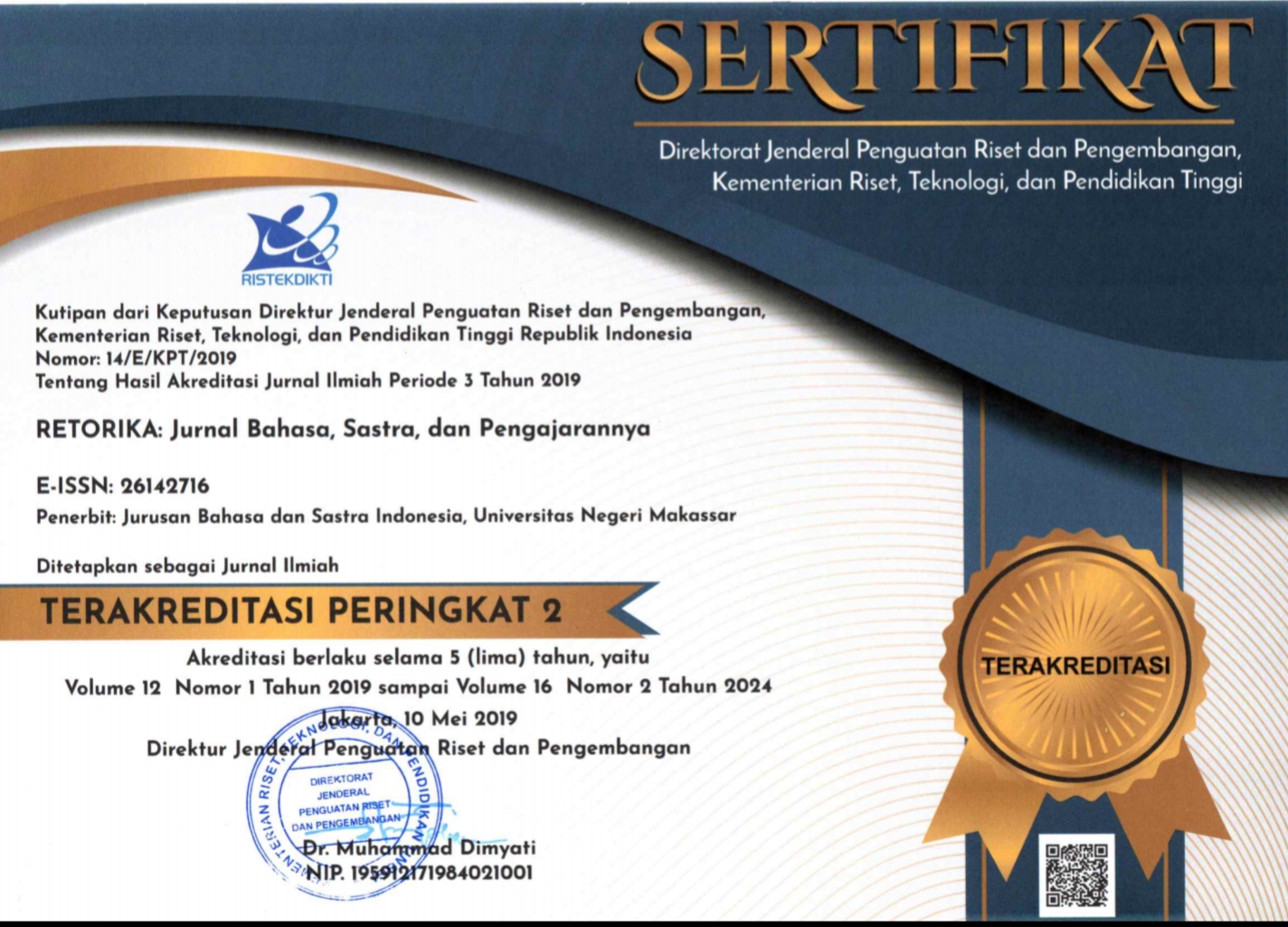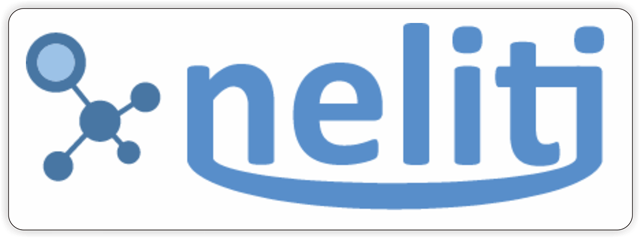USING EDUCATIONAL DIGITAL TOOLBOX IN E-LEARNING tO BOOST STUDENTS’ READING MOTIVATION IN COVID-19 PANDEMIC
(1) Universitas Indraprasta PGRI
(2) Universitas Indraprasta PGRI
(*) Corresponding Author
DOI: https://doi.org/10.26858/retorika.v13i2.13538
Abstract
Keywords
Full Text:
PDFReferences
Dineva, S., Nedeva, V., & Ducheva, Z. (2019). Digital Generation and Visualization in E-Learning Digital Generation and Visualization in E-Learning, (October).
Ertmer, P. A., & Ottenbreit-Leftwich, A. T. (2010). Teacher Technology Change. Journal of Research on Technology in Education, 42(3), 255–284. https://doi.org/10.1080/15391523.2010.10782551
Ghavifekr, S., & Rosdy, W. A. W. (2015). Teaching and Learning with Technology: Effectiveness of ICT Integration in Schools. International Journal of Research in Education and Science, 1(2), 175. https://doi.org/10.21890/ijres.23596
Gilmanshin, I. R., & Gilmanshina, S. I. (2018). Technology of e-learning in the university education. IOP Conference Series: Materials Science and Engineering, 412(1). https://doi.org/10.1088/1757-899X/412/1/012022
Hammad, J., Hariadi, M., Purnomo, M. H., & Jabari, N. (2018). E-learning and Adaptive E-learning Review, (March).
Hamutoğlu, N. B., Savaşçı, M., & Sezen-Gültekin, G. (2019). Digital Literacy Skills and Attitudes towards E-Learning. Journal of Education and Future, (August), 93–107. https://doi.org/10.30786/jef.509293
Kassymova, G. K. (2019). E-Learning and Its Benefits for Students. Modern Methods and Educational Technology, 4(October), 249–255.
Kozak, M. (2011). the Types of Reading and Exercises for Teaching Reading. Unpublished, 7–10.
Liu, F. (2010). Reading Abilities and Strategies: A Short Introduction. International Education Studies, 3(3), 153–157. https://doi.org/10.5539/ies.v3n3p153
Megyeri, K. A. (2015). Reading Aloud Student Writing. The English Journal, 85(3), 74–79.
Mustafa, F., Assiry, S. N., Bustari, A., & Nuryasmin, R. A. (2019). The role of vocabulary e-learning: Comparing the effect of reading skill training with and without vocabulary homework. Teaching English with Technology, 19(2), 21–43.
Nadhif, A., & Wawan, H. (2019). Rider Strategy To Improve Students’ Reading Skill. Jurnal Penelitian Islam, 13(02), 337–351. https://doi.org/10.1017/CBO9781107415324.004
Nedeva, V., & Dimova, E. (2010). Some Advantages of E-Learning in English Language Training. Trakia Journal of Sciences, 8(8), 21–28. Retrieved from http://www.uni-sz.bg
Pardede, P. (2019). Print vs Digital Reading Comprehension in EFL. Journal of English Teaching, 5(2), 77–90. https://doi.org/10.33541/jet.v5i2.1059
Peterson-ahmad, M. B., & Stepp, J. B. (2016). techniques Sam Houston State University College of Education Department of Language , Literacy And Special Populations, (June).
Sambandamurthi, A., & M.J, P. (2017). Technology Mediated Teaching for Students ’ Reading Skill in Technology Mediated Teaching for Students’ Reading Skill in English. Research Journal of English Language and Literature (RJELAL), 4(2. 2016), 283–290.
Sopyan, F. M., Hasanah, K. U., & Haryudin, A. (2019). Improving Reading Skill Using Jigsaw. PROJECT (Professional Journal of English Education), 2(5), 745. https://doi.org/10.22460/project.v2i5.p745-751
Van Wyk, G., & Louw, A. (2008). Technology-assisted reading for improving reading skills for young South African learners. Proceedings of the International Conference on E-Learning, ICEL, 2008-Janua(January 2008), 481–489.
Villesseche, J., Le Bohec, O., Quaireau, C., Nogues, J., Besnard, A. L., Oriez, S., … Lavandier, K. (2019). Enhancing reading skills through adaptive e-learning. Interactive Technology and Smart Education, 16(1), 2–17. https://doi.org/10.1108/ITSE-07-2018-0047
Yulianto, B., Sodiq, S., & Asteria, P. V. (2020). The Relevance of Standardization of Comprehension Reading Skills in 4.0 Era, 390(Icracos 2019). https://doi.org/10.2991/icracos-19.2020.45
Article Metrics
Abstract view : 1023 times | PDF view : 175 timesRefbacks
- There are currently no refbacks.
Copyright (c) 2020 Anastasia Dewi Anggraeni, Helda Jolanda Pentury

This work is licensed under a Creative Commons Attribution-NonCommercial 4.0 International License.
Published by:
Department of Indonesian Language, Faculty of Languages and Literature, Universitas Negeri Makassar in cooperate with Asosiasi Dosen Bahasa dan Sastra Indonesia (ADOBSI) and Ikatan Program Studi Pendidikan Bahasa dan Sastra Indonesia (IKAPROBSI).
Address: Department of Indonesian Language Office, DG Building Second Floor, UNM Parangtambung, Daeng Tata Raya Street, Makassar, South Sulawesi, Indonesia
 Email: retorika@unm.ac.id
Email: retorika@unm.ac.id

RETORIKA: Jurnal Bahasa, Sastra,dan Pengajarannya is licensed under a Creative Commons Attribution-NonCommercial 4.0 International License.
















